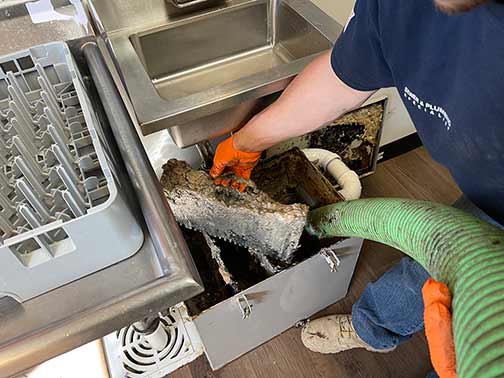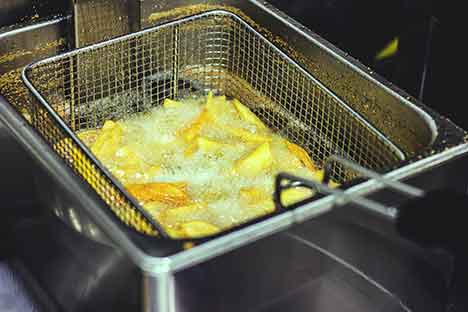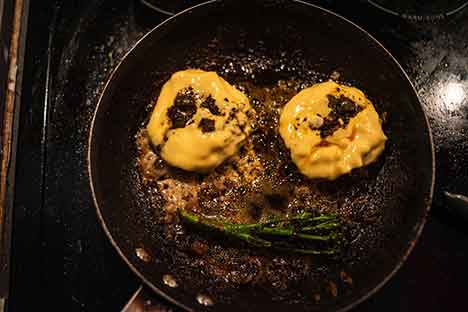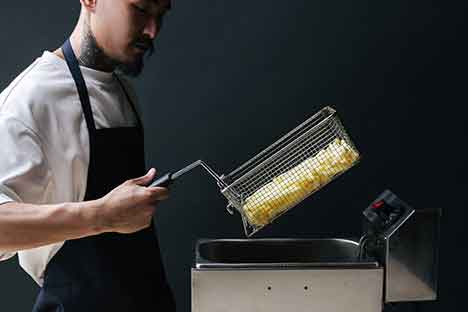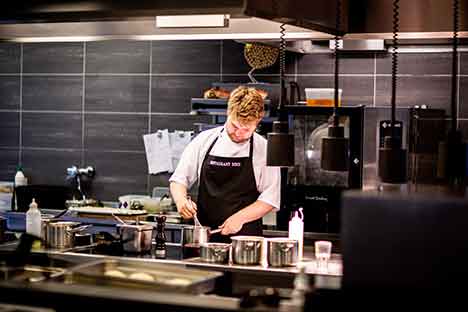
Did you know that preventing plumbing issues in your restaurant is vital?
The resulting issues can be a real pain in the… drain. A leak, clog, or burst pipe can shut down your business, prevent customers from using the restrooms and cause damage to the facilities or equipment. But that is not all. As Windermere Management warns, it can damage your reputation and result in a loss of revenue. Do you know what else could be a problem? The cost of replacement or repairs can be financially draining.
If you do not address such issues immediately, they can escalate to involve more damage. That is because it is a domino effect where one problem causes another. Let’s remember that it may also be hazardous to the health of your employees and customers. That is because a malfunctioning drain causes unsanitary conditions that pose a public health risk. You do not want that on your conscience.
However, there is good news. Preventing plumbing problems will keep your customers loyal and happy. Your customers will be more comfortable if they access the amenities they need. As a result, they will give positive reviews about your restaurant.
Here, we will discuss five ways to prevent plumbing problems in your restaurant so that you will maintain business operations, minimize cost, ensure safety, and keep your customers happy.
Address everything that can cause plumbing issues before they occur
They say, “an ounce of prevention is worth a pound of cure.” That is especially true when it concerns restaurant plumbing. When you address plumbing issues before trouble strikes, you’ll nip any hidden issue in the bud before it can cause a significant problem.
We advise that you engage in regular schedule maintenance, so you will catch small clogs or leaks before they become serious issues. Inspect the plumbing system for old or worn-out pipes that require replacement to prevent burst pipes.
Keep an eye on the condition of your equipment and sinks. You can save yourself a lot of headaches and money if you are proactive and address potential issues before they become emergencies. Your customers will be happy, and you will have peace of mind that the restaurant’s plumbing is running smoothly.
Invest in clog control to prevent restaurant flooding
As you may know, restaurants deal with a lot of food waste, grease, and other debris that can easily build up to cause clogged pipes. These clogs can cause overflowing sinks, backup toilets, floods, and other severe plumbing issues.
You can control clog in various ways. One way is to conduct regular maintenance where a plumber performs hydro-jetting to clear off all built-up debris. Also, you can hire a plumber to install a grease trap in the kitchen to help catch and prevent grease from entering your pipes to cause clogs.
Another essential step will be to train your employees on the proper disposal of grease and food waste. Provide designated containers where they can dispose of grease, food debris, and ether day items that can clog the drains.
Choose tankless water heaters
According to the National Restaurant Association, quick-service dining restaurants require between 500 to 1,500 gallons of water daily, and full-service dining establishments consume as much as 5000 gallons daily. Most of these are hot water. That is why you cannot afford issues with your water heater.
Tankless water heaters are more durable and long-lasting than tanked water heaters. You will never run out of water in the middle of a busy dinner rush. Since it is tankless, you have nothing to worry about leaks. Tankless water heaters require lesser repairs and maintenance than traditional tanked water heaters. In addition, you will save more money on energy bills.
Control food grease
One of the common causes of clogged drains in restaurants is trapped grease. That is why it is advisable to hire a plumber to clean the grease trap out. The plumber will install a grease trap and routinely clean the lines. Doing so will prevent clogs from accumulating.
You should have a dedicated drain for grease as part of the control measures. Avoid pouring food grease into other drains. Ensure you train your employees on how to manage dishwashing and grease.
Have a quick response team
You will need a rapid response team with a dedicated plumber for your restaurant’s needs. Even when you perform all the above preventive measures, plumbing accidents that require urgent attention may still occur. However, you can handle such issues if you have a plumber that can respond immediately to salvage the situation.
The bottom line
Preventing restaurant plumbing problems is crucial for maintaining business operations, ensuring safety, minimizing costs, and keeping customers satisfied. When it comes to a restaurant’s plumbing, it is always better to be safe than sorry.
